"It’s time to confess. I’m a motoring journalist who owned a Morris Marina. If you’re a Millennial and have a life then you might never have heard of the Marina, but anyone who remembers the 1970s and 80"

Remembering the Morris Marina
We remember the ultimate Dad car
My dad had a sky-blue Marina estate.
No doubt it went to the crusher years ago, but I still remember its registration – CNG 453T. It was a 1.3-litre series three model, built in 1979 and bought from Mann Egerton (remember them?) in Norwich.
I recall rushing home one Saturday afternoon to see my father’s shiny new car parked outside the house. I was so excited. Well, you would be if all you’d known for the last few years was a corroded ‘M-reg’ Simca 1301 Special.
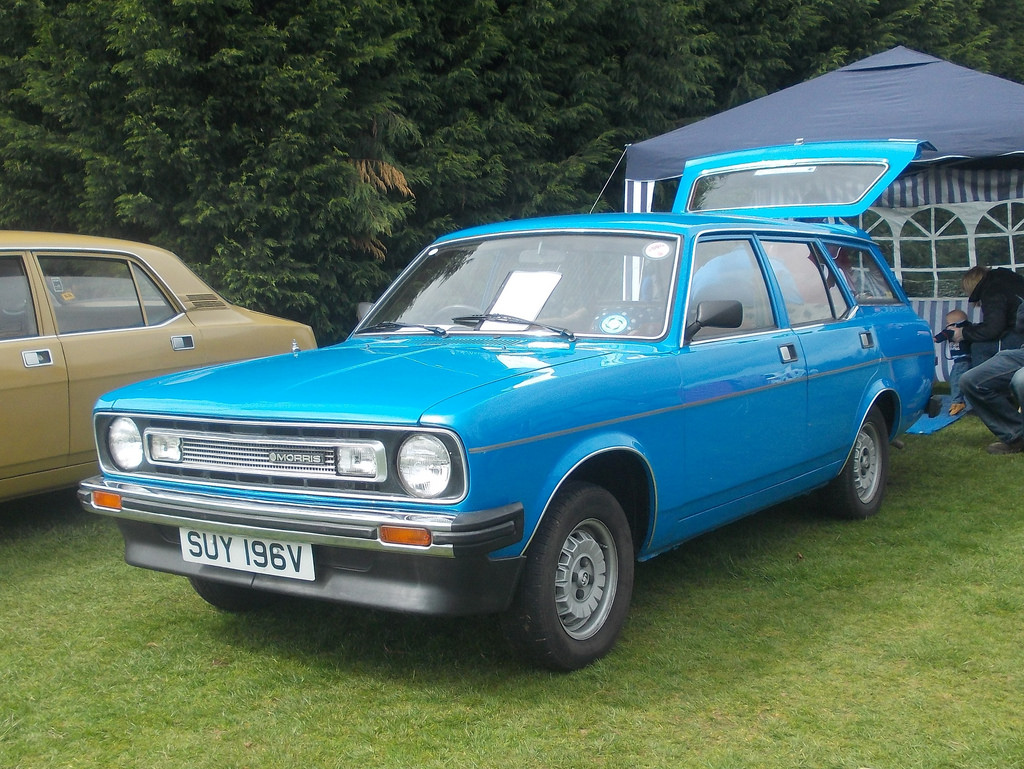
To an eight-year-old boy, the Marina looked impressive, but to the motoring press of the time, the car was a pig in a wig, due to its absence of technical sophistication.
Regardless of that, the Morris Marina was a popular car in the UK. There were so many on the road at one point, only the Ford Cortina could beat it. That’s because the Marina accomplished its design goal of being a modest, mass-market motor for families and corporate-fleet buyers.
British Leyland’s Austin cars, with their front-wheel drive systems, were pricier to purchase and costlier to run than the rear-wheel-drive rivals of the time. That’s why they didn’t do well in the fleet/hire market. So, the Marina’s rear-wheel-drive, front-engined arrangement was a hit, because it was similar to the likes of Ford’s Cortina and Escort. And even though blue oval badged cars stayed dominant, the Marina managed to seize a decent proportion of the fleet buyers’ market in the 70s. This went a long way to helping the model achieve its big sales. Nevertheless, it could never shake the image of being a wishy-washy work-horse.

A two-door fastback Marina was also available, and could have cut through the model’s blandness. It might have been a genuine Ford Capri adversary, had it not used the same doors as its saloon sibling. It was all part of British Leyland’s cost cutting. But this wasn’t the only corner the firm cut. Instead of making a fresh suspension system for the Marina, the car had to make do with antiquated chassis components from the Morris Minor’s parts bin.
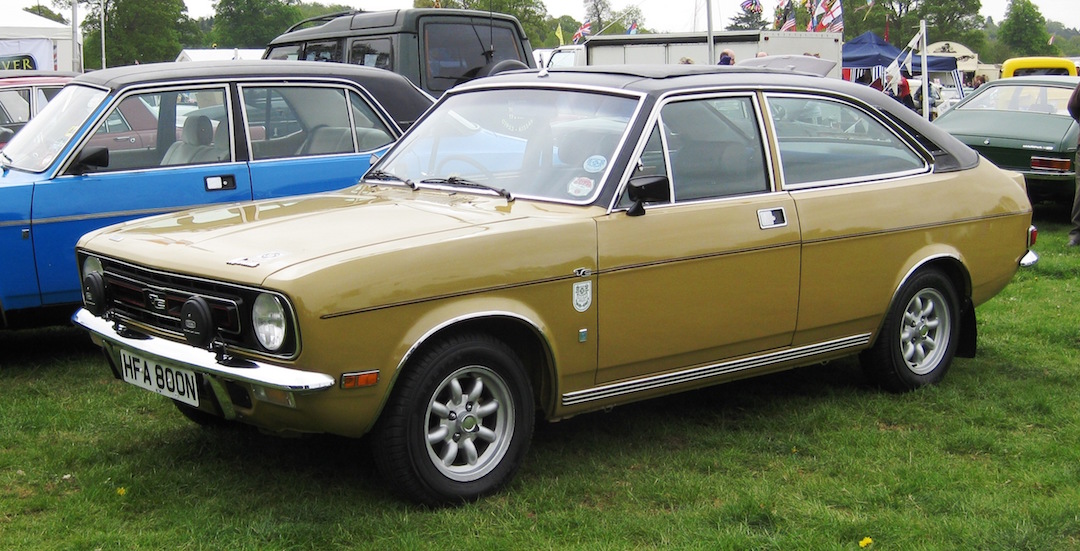
The dodgy old suspension meant the Marina didn’t handle well, with the tail-end prone to skipping out on bumpy roads. Another oddity was that BL’s engineers deliberately fitted the Marina’s windscreen wipers arse about face. They’d noticed the wipers lifted from the windscreen when upright, and this was deemed to be off-putting for drivers. So, instead of fixing the issue, changing them around was judged to be a good enough solution.
The fact that the Marina was a sales success in 1970s Britain seems miraculous today. Not only were they badly made, they looked like sieves quickly, because they suffered from corrosion – big time. Indeed, many were sent to the scrap heap prematurely, due to oxidization around the chassis and jacking points. Rust was why my dad got rid of his after three years, but I still remember the car fondly.
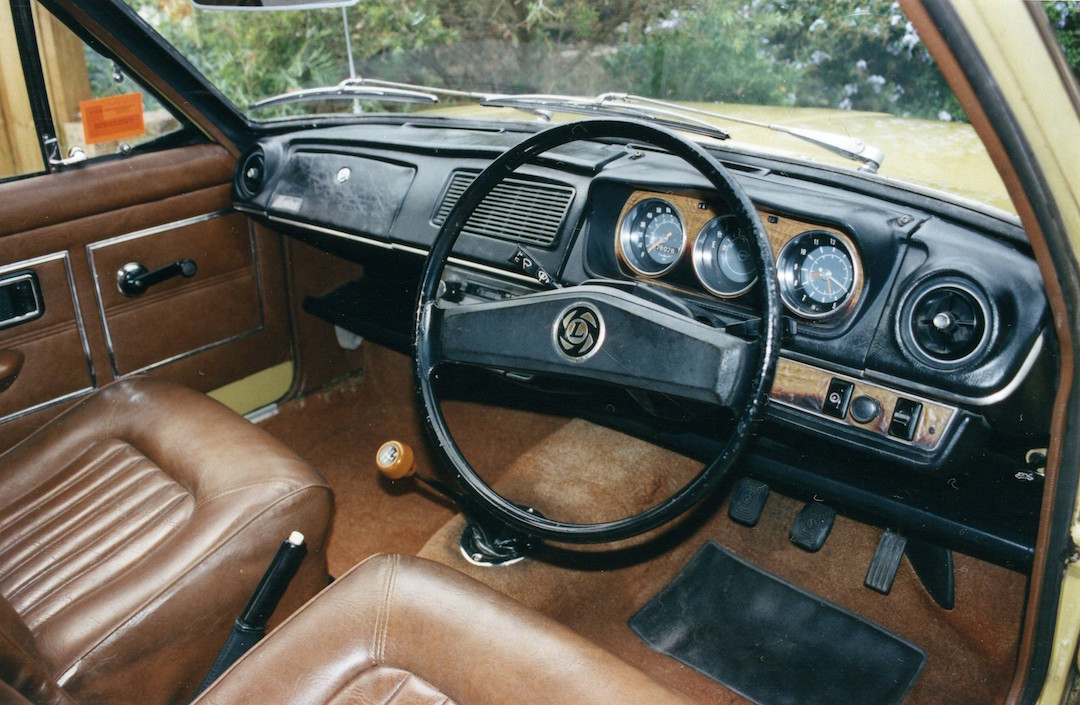
These days, the Morris Marina is generally viewed as a bit of an embarrassment, even though a million of them were flogged in 13 years. That’s if you include the Morris Ital – a re-badged, thinly disguised Marina, ushered in during 1980.
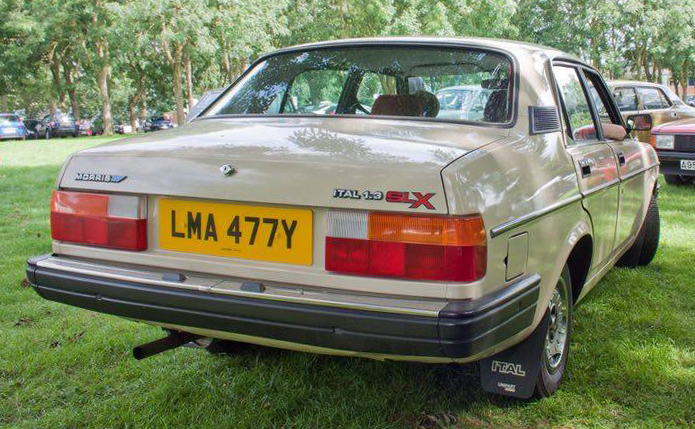
Now there are only a handful of Marinas left on Britain’s roads. Mind you, unless you had one in the family, it’s a car many people won’t get all misty-eyed over.
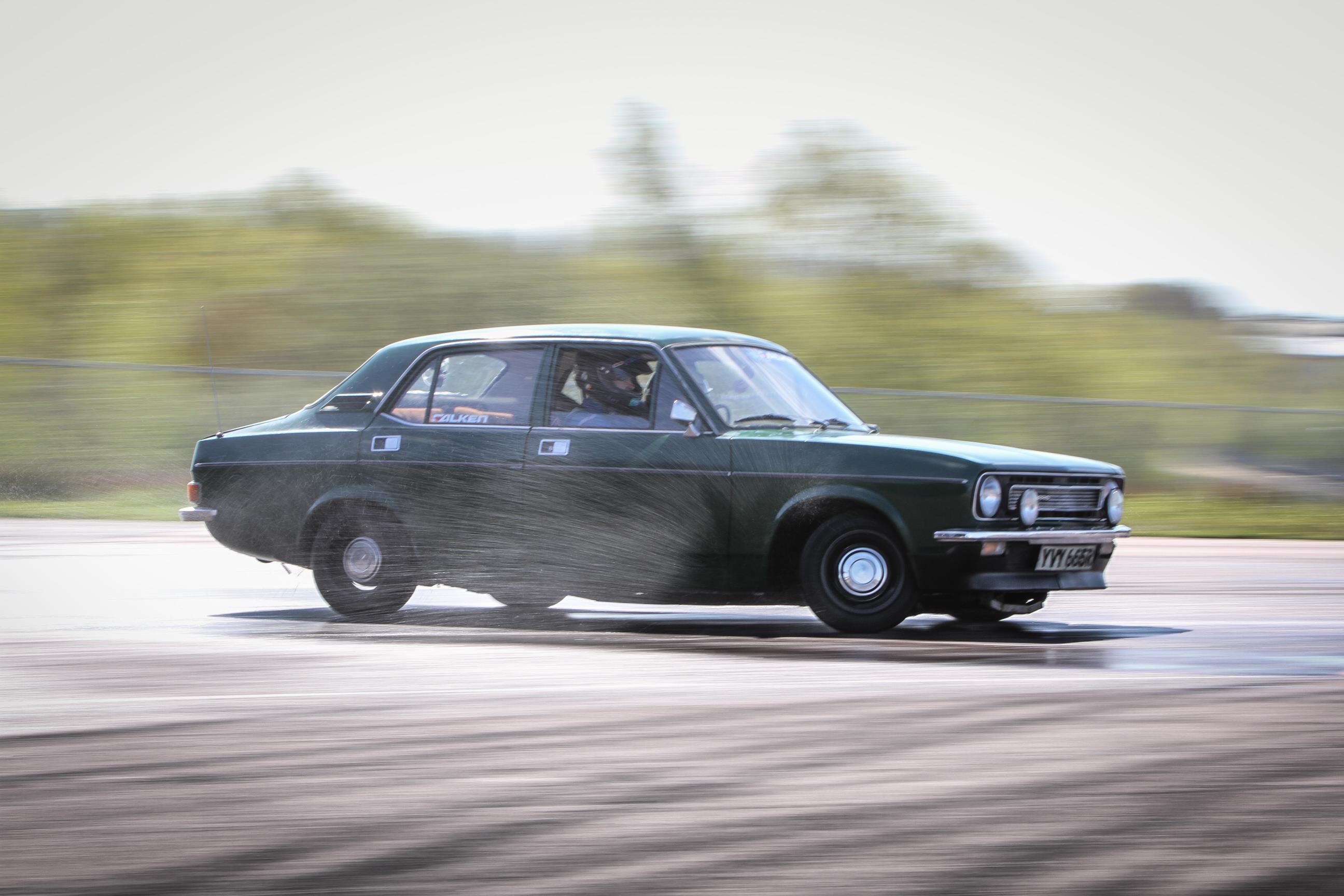
CLICK TO ENLARGE










